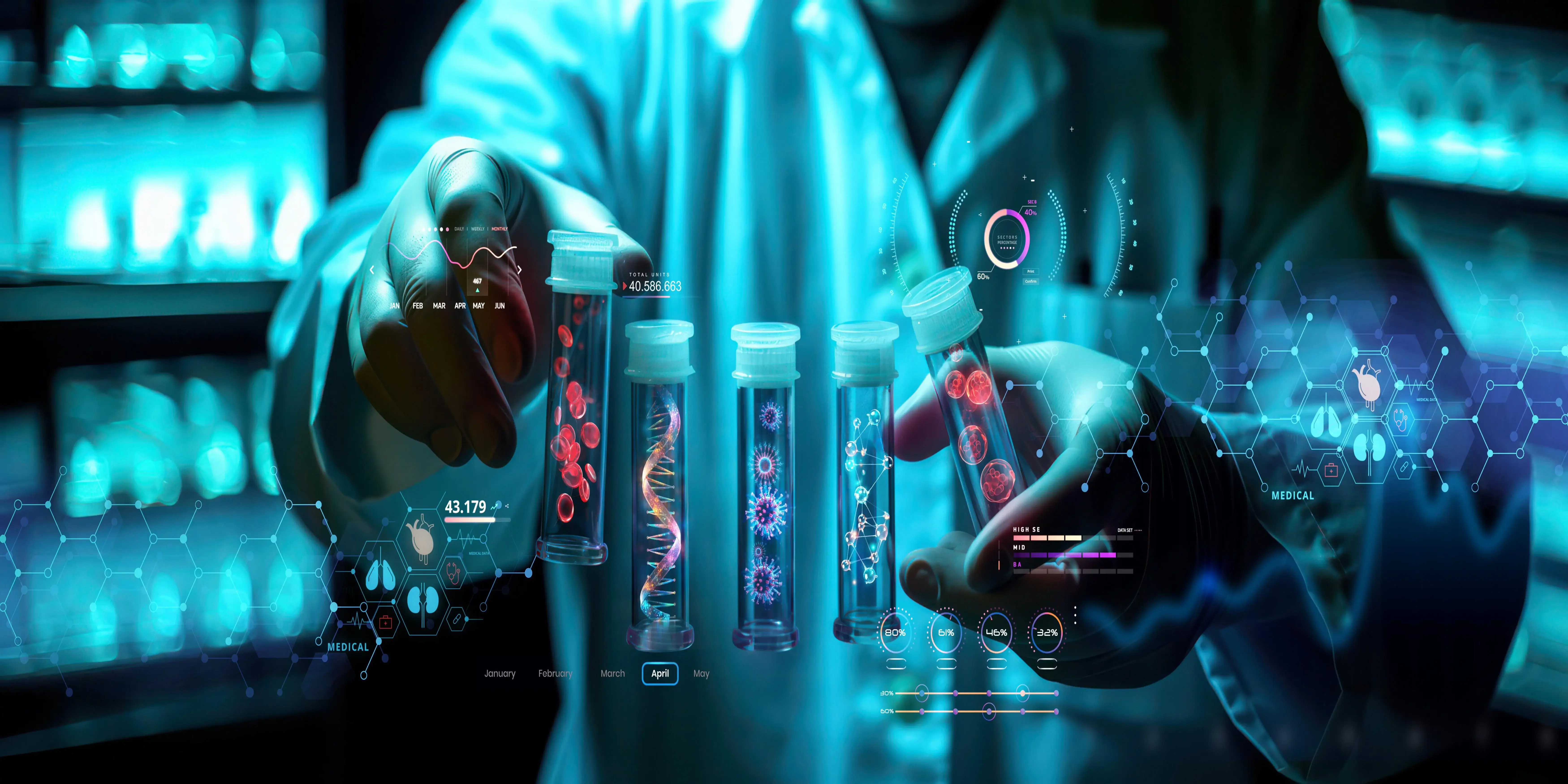Development solutions would focus on the economic, social, and environmental problems that the countries of the world face. In a time when populations grow and resources become scarcer, it is now more important than ever to produce sustainable, inclusive, and effective methods. From educational reforms to infrastructure developments, they can be vast with different reasons as to what specific issue the region may call for in terms of its particular needs. The article aims at giving a view on some of the most important sectors—in terms of infrastructure, technology, education, and environmental sustainability—and how development solutions would likely determine a huge influence in them.
Development of Infrastructure
Transportation Networks
More efficient networks connecting people, goods, and services are in great demand. Road, train, and airport networks ease free passage of products between regions, thus strengthening regional as well as global trade. Presently, most of the countries' transport infrastructures in the developing regions are not up to the mark, which once again hampers access to primary needs and affordable opportunities. Investment in modern transportation systems opens industry development, supplies of jobs, and traveling distances.
Fuel and Facilities
Provision of Infrastructure Development In this respect, infrastructure development will include utilities and energy supply in a state of reliability. Provision of clean water and electricity, not to mention sanitary facilities improves the standard of living. On the other hand, it also enables the making of economic activities. Thus, basic service provisions are still missing in many rural areas of developing countries where it hinders the making of critical progress. For instance, improvement in the systems of water management and investments in renewable energy sources such as solar and wind power are some examples of development solutions in this field.
Digital Framework
This is because, to most developing countries, the problem of the digital divide is still valid as a good percentage of the people are not yet permitted to access the internet and other modern forms of communication. Connecting more remote communities into the greater aspects of the global economy is important and encompasses mobile and broadband internet access. The various digital resources and tools allow individuals to carry out e-commerce, attain education, and expand healthcare abilities. An appropriate development plan, therefore will have to include government-abetted programs that foster digital literacy and, more fundamentally, access to the internet.
Artificial Intelligence and Automation
Technologies such as AI and automation will improve output in various fields. Industrial sector automation will expedite procedures because the judgments will be proper, and this will allow full allocation of resources through AI-based solutions. On the other hand, jobs may be destroyed by automation. This is a deep concern, especially in developing countries, where tens of millions of people are still surviving on labor-intensive industries. The plans to develop should therefore balance adoption of new technology with adequate work distribution for the worker so that the one being lost is replaced by the newly acquired.
Acquiring Education
It is still not accessible for most populations worldwide-including girls and the disadvantaged ones-to experience education. Plans under way include the establishment of schools, school teacher training, and provision of schools that are accessible and available to all kinds of pupils. Grants and scholarship awards are also provided so that no economic barrier prevents a child from entering the school. Technologies for distance learning can also make education more accessible for people, particularly in areas where the traditional education setup will not work appropriately.
Curriculum Innovation
Learning must be redefined and access expanded to be relevant in this new world. Colleges and other schools are more geared toward delivering a more pattern-based learning experience rather than training in skills for thinking, creativity, and problem solving. Curricula that would include skills such as digital literacy, entrepreneurship, and sustainability should be core intent to solutions designed. Countries could endow employees with knowledge of the nuances of the world economy if instruction imparted these skills.
Environmental Sustainability
Renewably Sourced Energy
One of the most important areas of sustainable development, arguably is a shift away from fossil fuels to renewable sources of energy. Cleaner alternatives will reduce reliance on finite resources and help lower greenhouse emissions as it pushes the use of solar, wind and hydroelectric power forward. Switching over to renewable sources can be something that the underdeveloped world can also pioneer on a multidimensional scale, especially those with an ample supply of natural resources. Purchase infrastructures of renewable energy sources will support environmental sustainability, initiate innovation, and employ manpower.
Conservation and Management of Resources
High conservation efficiency and resource utilization have been on the cornerstone of conserving ecosystems and biodiversity.Major environmental issues that pose a threat to sustainable development include pollution, deforestation, and overfishing. The core principles in this line of development are the primary basis of developing legislation and procedures for making water conservation, wildlife preservation, and proper land use possible. Involvement of the local community in activities for conservation also enhances the effectiveness of such approaches because indigenous knowledge has many times provided insights into resource management that have been sustainable.
Conclusion
Practical as well as multi-dimensional ways toward the realization of sustainable development will require coordination of efforts in many sectors. There are vast opportunities for long-lasting, beneficial change toward environmental sustainability, educational reforms, infrastructural development, and many other technology developments. The difficulties of the modern world can be met by the governments and organizations with the guarantee that progress can be fair and sustainable to all by adopting holistic and inclusive development solutions. This means solutions have to be adaptable and visionary and outcome-oriented.



